bilast
Introduction to bilast
Bilast, known by its full brand name Bilastine, is primarily available in tablet form. It is used to treat allergic rhinitis and urticaria. Bilast works by blocking histamine receptors, providing relief from allergy symptoms such as sneezing, itching, and a runny nose.
Composition of bilast
Bilastine is the active ingredient in bilast. It is an antihistamine that works by blocking the action of histamine, a substance in the body that causes allergic symptoms.
Uses of bilast
- Allergic rhinitis
- Urticaria
Side effects of bilast
- Common side effects: headache, drowsiness
- Serious side effects: severe allergic reactions, difficulty breathing
Precautions of bilast
Bilast may cause drowsiness, so avoid driving or operating heavy machinery until you know how it affects you. Use with caution if you have severe kidney problems. Do not take bilast if you are allergic to it or any of its ingredients.
How to Take bilast
The usual dose of bilast for adults is 20 mg once daily. It should be taken on an empty stomach, either one hour before or two hours after a meal. Swallow the tablet whole with water, and avoid grapefruit juice. Always follow your doctor's advice for the correct usage.
Conclusion of bilast
Bilast, with its active ingredient Bilastine, belongs to the therapeutic class of antihistamines. It is mainly used to treat allergic rhinitis and urticaria. Manufactured by various pharmaceutical companies, bilast is effective in providing relief from allergy symptoms. Remember to follow the prescribed dosage and precautions for optimal results.





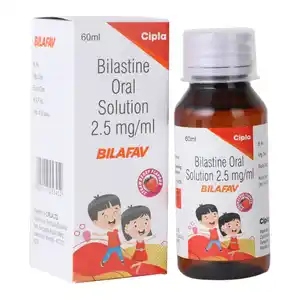
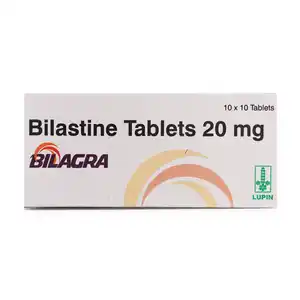


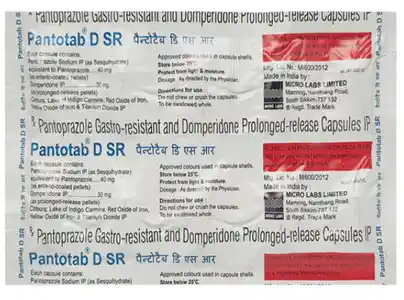
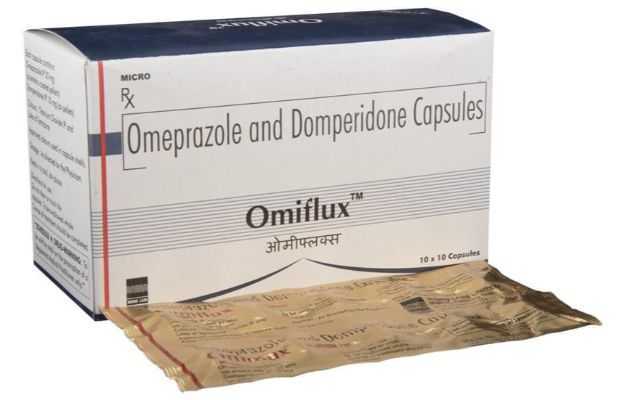
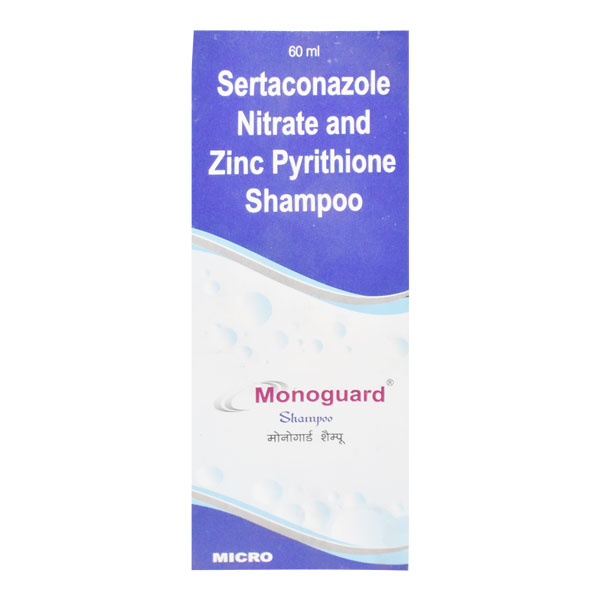
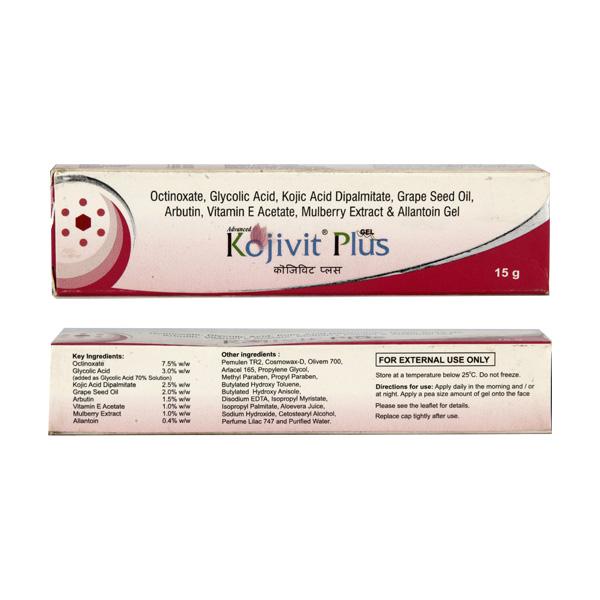
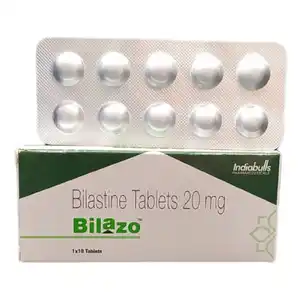









.svg)
